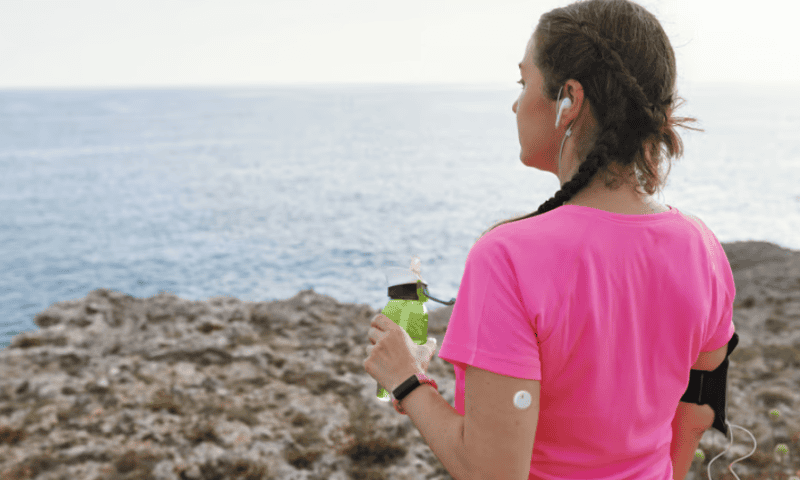Abbott is honing its financial projections for the remainder of this year, nudging their average slightly higher as it reports continued growth among its core business areas—bookended by big gains in diabetes device sales, amid ongoing and expected declines in the public’s demand for COVID-19 tests.
The company had previously put out earnings-per-share guidance of between $4.30 and $4.50 for the full year of 2023. With one quarter to go, Abbott tightened that adjusted, diluted EPS range to $4.42 and $4.46, which it said excludes expenses related to past acquisitions and restructuring initiatives.
Those forecasts come alongside reports of $10.1 billion in sales for the third quarter—reflecting 13.8% growth in Abbott’s core segments, but as a whole, it amounted to a 2.6% drop compared to the same three-month period last year, at a time when rapid COVID diagnostic sales were adding more than $1.6 billion to the company’s coffers. Today that income has shrunk to less than a fifth of that figure.
“The investments we made during the pandemic continue to drive broad-based growth across our underlying base business,” CEO Robert Ford said in a statement. “We’re on track to deliver on the financial commitments we set at the beginning of the year, and the momentum we’re building across the portfolio positions us well as we head into 2024.”
Across the full year of 2022, COVID-related revenues—the lion’s share coming from its at-home BinaxNow test, with other molecular and lab-based diagnostics making up the remainder—passed $8.3 billion, out of a total $43.6 billion in sales spanning the company’s entire enterprise.
This year Abbott said it expects to see a smaller-but-not-insignificant COVID figure, in the vicinity of $1.5 billion. The company said it was unable to provide forward-looking, GAAP-compliant projections of 2023’s broader revenue and sales growth, because of the “unpredictability of future changes in foreign exchange rates.”
Excluding year-over-year COVID sales in the third quarter—which amounted to $305 million—global diagnostics revenues were up 8.8%, the company said. As a whole the division came in just shy of $2.5 billion.
Within Abbott’s medical device portfolio, the company saw worldwide sales growth across the board, totaling $4.25 billion for a 16.6% boost over last year.
That included 18.3% and 15.8% gains in neuromodulation and structural heart devices, respectively, driven in part by recent product launches and new indications among its Amplatzer Amulet, Navitor and TriClip cardiac implants as well as its Aveir leadless pacemaker. Electrophysiology also grew 16.0%.
Meanwhile, $1.4 billion in sales of the wearable FreeStyle Libre continuous glucose monitor drove quarterly diabetes care revenues up 26.2%.
Late last month, Abbott analyzed its CGM sales and compared them to users of increasingly popular GLP-1 drugs for Type 2 diabetes and losing weight.
Several companies and analysts have predicted that the surge in sales of Novo Nordisk’s Ozempic and Wegovy—which have made the Big Pharma the most valuable company in Europe—could end up taking a bite out of several other sectors as people slowly change their behaviors, sending down medtech outlooks.
But Abbott said its findings had pointed toward a more symbiotic relationship: Drug adherence and FreeStyle Libre use both inched upward when they were adopted by users interested in both, with CGM data offering “a level of accountability that drives higher therapy compliance and more durable outcomes.”

